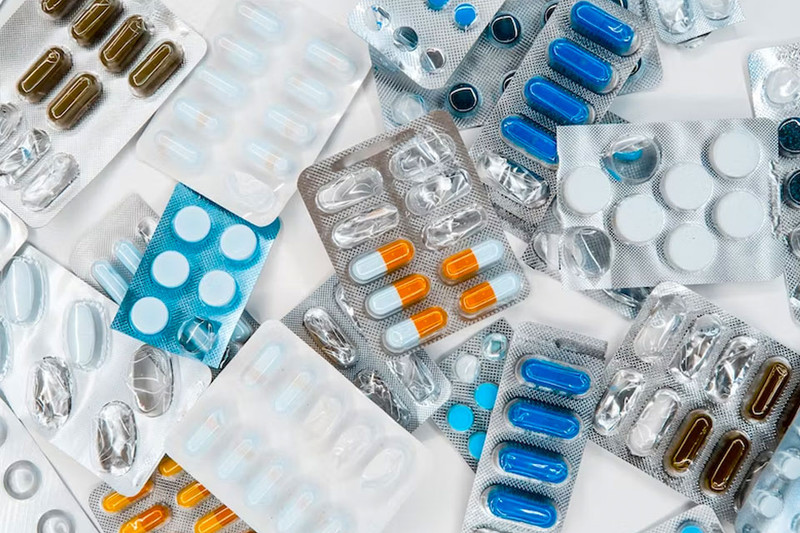The risk of manufacturing pharmaceuticals overseas was known well before the outset of COVID-19 in 2020. The FDA reported that as of 2019, only 28% of active pharmaceutical ingredients (APIs) supplied to the United States were actually produced in the United States. India and China made up 31% of API manufacturing that was destined for the US. The reason? Cost. Due to lower labor costs, less environmental regulation, and a domestic network of raw material suppliers it is estimated that manufacturing APIs in China realizes a 30%-40% reduction in cost. The benefit is substantial.
However, there is increased risk with overseas manufacturing, and that risk was heightened by the COVID-19 pandemic. Before the pandemic, most of the risk was associated with product quality and effectiveness. The FDA has recalled products and/or prohibited American drug companies from using certain APIs due to product inconsistency or quality. COVID-19 exacerbated the risks of farflung pharmaceutical supply chains as factories shuttered, borders closed down, and international trade ceased in an effort to quell the virus.
And, from a national security perspective, the consolidation of API manufacturing in China has become a considerable risk. The Department of Commerce found that “China accounted for 95 percent of U.S. imports of ibuprofen, 91 percent of U.S. imports of hydrocortisone, 70 percent of U.S. imports of acetaminophen, 40 to 45 percent of U.S. imports of penicillin and 40 percent of U.S. imports of heparin””
Both the Trump and Biden Administrations recognized these risks. President Trump introduced an Executive Order “that set forth the policy goals and authorization… to increase US-based production and federal procurement of essential medicines, medical countermeasures, and critical inputs and to limit federal procurement for such products to be made in the US.” As critical medical supplies dwindled, the Biden Administration implemented the Executive Order on America’s Supply Chains, which called for federal departments to review supply chain risks in four key industries, pharmaceuticals one of them. In summary, the report identified key risks within the pharma supply chain:
- The U.S. supply chain is overly dependent on foreign supplies of pharmaceutical products and APIs
- Due to various economic pressures, generic manufacturers, which produce 90 percent of drugs prescribed in the United States, have relocated production overseas.
- Low geographic diversity of manufacturers, as well as consolidation in the production of APIs and finished dosage forms overseas, place the U.S. supply chain at risk of disruption due to geopolitics, natural disasters, or other events.
- Limited redundant capacity in manufacturing creates similar risks, as the median number of drug manufacturers per a unique drug or dosage form is between two and three.
- The pharmaceutical industry faces obstacles in responding to disruptions and surges in demand, due to factors like high costs in expanding manufacturing capacity, the need for regulatory approvals, and just-in-time inventory management practices.
- The prescription drug market offers few incentives for manufacturers to invest in upgrading equipment and manufacturing technologies or improving quality management.
- The Food and Drug Administration (“FDA”) lacks sufficient insight into the supply chain to monitor and identify risks.
- Source
It should come as no surprise, then, that the federal government will be pursuing efforts to reduce risk as well as to onshore the pharmaceutical supply chain. Among those efforts, we expect the federal government to invest heavily into advanced pharmaceutical manufacturing, not just in advanced pharmaceutical products. Advanced manufacturing techniques such as continuous manufacturing, robotics/automation, and 3D printing should create the opportunity for smaller factory footprints, less environmental degradation, and lower overall costs - all supportive of a greater domestic manufacturing footprint.
How is GMP Labeling poised to support the industry and national security? First, we pride ourselves on sourcing materials within the United States. Our broad network of domestic suppliers (with a wide geographic span) ensures that we have resiliency and built in contingency in case any one part of the supply chain falters. Second, our expertise in Good Manufacturing Practices (GMP) and our product line of compliance identification products play a supporting role as pharmaceutical manufacturers shift production back to the United States.
We have 300+ stock labels as well as a team ready to help design any custom label your operation needs. For the last 35 years, we have supported thousands of facilities in the life sciences space. Our motto says it all, “Your compliance partner since 1987.”


 Need Help?
Need Help?